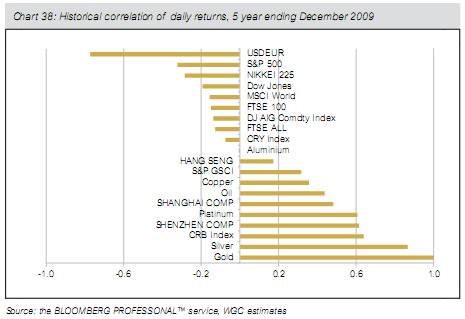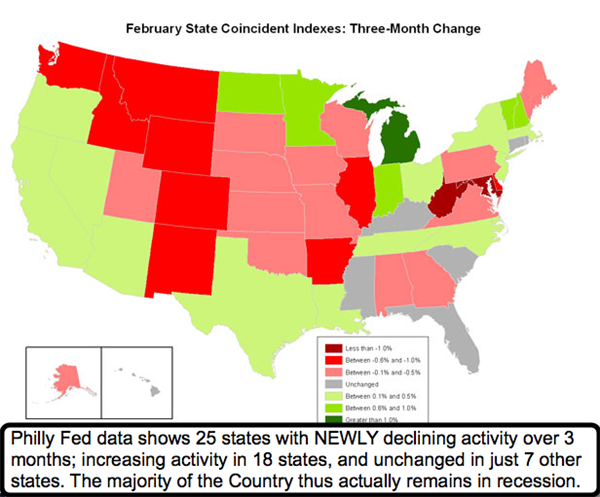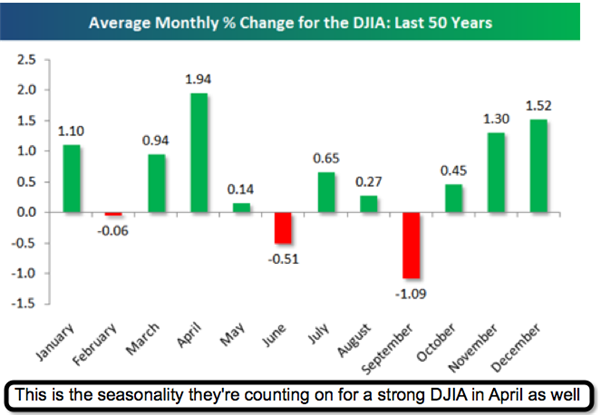Posted By thestatedtruth.com on April 9, 2010
Hey…….We didn’t make this up……Congress did!
The House Republican Conference has compiled a list of all the new boards, bureaucracies, commissions, and programs created in H.R. 3962, Speaker Pelosi’s government health care plan:
1.    Retiree Reserve Trust Fund (Section 111(d), p. 61)
2.    Grant program for wellness programs to small employers (Section 112, p. 62)
3.    Grant program for State health access programs (Section 114, p. 72)
4.    Program of administrative simplification (Section 115, p. 76)
5.    Health Benefits Advisory Committee (Section 223, p. 111)
6.    Health Choices Administration (Section 241, p. 131)
7.    Qualified Health Benefits Plan Ombudsman (Section 244, p. 138)
8.    Health Insurance Exchange (Section 201, p. 155)
9.    Program for technical assistance to employees of small businesses buying Exchange coverage (Section 305(h), p. 191)
10.  Mechanism for insurance risk pooling to be established by Health Choices Commissioner (Section 306(b), p. 194)
11.  Health Insurance Exchange Trust Fund (Section 307, p. 195)
12.  State-based Health Insurance Exchanges (Section 308, p. 197)
13.  Grant program for health insurance cooperatives (Section 310, p. 206)
14.  “Public Health Insurance Option” (Section 321, p. 211)
15.  Ombudsman for “Public Health Insurance Option” (Section 321(d), p. 213)
16.  Account for receipts and disbursements for “Public Health Insurance Option” (Section 322(b), p. 215)
17.  Telehealth Advisory Committee (Section 1191 (b), p. 589)
18.  Demonstration program providing reimbursement for “culturally and linguistically appropriate services” (Section 1222, p. 617)
19.  Demonstration program for shared decision making using patient decision aids (Section 1236, p. 648)
20.  Accountable Care Organization pilot program under Medicare (Section 1301, p. 653)
21.  Independent patient-centered medical home pilot program under Medicare (Section 1302, p. 672)
22.  Community-based medical home pilot program under Medicare (Section 1302(d), p. 681)
23.  Independence at home demonstration program (Section 1312, p. 718)
24.  Center for Comparative Effectiveness Research (Section 1401(a), p. 734)
25.  Comparative Effectiveness Research Commission (Section 1401(a), p. 738)
26.  Patient ombudsman for comparative effectiveness research (Section 1401(a), p. 753)
27.  Quality assurance and performance improvement program for skilled nursing facilities (Section 1412(b)(1), p. 784)
28.  Quality assurance and performance improvement program for nursing facilities (Section 1412 (b)(2), p. 786)
29.  Special focus facility program for skilled nursing facilities (Section 1413(a)(3), p. 796)
30.  Special focus facility program for nursing facilities (Section 1413(b)(3), p. 804)
31.  National independent monitor pilot program for skilled nursing facilities and nursing facilities (Section 1422, p. 859)
32.  Demonstration program for approved teaching health centers with respect to Medicare GME (Section 1502(d), p. 933)
33.  Pilot program to develop anti-fraud compliance systems for Medicare providers (Section 1635, p. 978)
34.  Special Inspector General for the Health Insurance Exchange (Section 1647, p. 1000)
35.  Medical home pilot program under Medicaid (Section 1722, p. 1058)
36.  Accountable Care Organization pilot program under Medicaid (Section 1730A, p. 1073)
37.  Nursing facility supplemental payment program (Section 1745, p. 1106)
38.  Demonstration program for Medicaid coverage to stabilize emergency medical conditions in institutions for mental diseases (Section 1787, p. 1149)
39.  Comparative Effectiveness Research Trust Fund (Section 1802, p. 1162)
40.  “Identifiable office or program” within CMS to “provide for improved coordination between Medicare and Medicaid in the case of dual eligibles” (Section 1905, p. 1191)
41.  Center for Medicare and Medicaid Innovation (Section 1907, p. 1198)
42.  Public Health Investment Fund (Section 2002, p. 1214)
43.  Scholarships for service in health professional needs areas (Section 2211, p. 1224)
44.  Program for training medical residents in community-based settings (Section 2214, p. 1236)
45.  Grant program for training in dentistry programs (Section 2215, p. 1240)
46.  Public Health Workforce Corps (Section 2231, p. 1253)
47.  Public health workforce scholarship program (Section 2231, p. 1254)
48.  Public health workforce loan forgiveness program (Section 2231, p. 1258)
49.  Grant program for innovations in interdisciplinary care (Section 2252, p. 1272)
50.  Advisory Committee on Health Workforce Evaluation and Assessment (Section 2261, p. 1275)
51.  Prevention and Wellness Trust (Section 2301, p. 1286)
52.  Clinical Prevention Stakeholders Board (Section 2301, p. 1295)
53.  Community Prevention Stakeholders Board (Section 2301, p. 1301)
54.  Grant program for community prevention and wellness research (Section 2301, p. 1305)
55.  Grant program for research and demonstration projects related to wellness incentives (Section 2301, p. 1305)
56.  Grant program for community prevention and wellness services (Section 2301, p. 1308)
57.  Grant program for public health infrastructure (Section 2301, p. 1313)
58.  Center for Quality Improvement (Section 2401, p. 1322)
59.  Assistant Secretary for Health Information (Section 2402, p. 1330)
60.  Grant program to support the operation of school-based health clinics (Section 2511, p. 1352)
61.  Grant program for nurse-managed health centers (Section 2512, p. 1361)
62.  Grants for labor-management programs for nursing training (Section 2521, p. 1372)
63.  Grant program for interdisciplinary mental and behavioral health training (Section 2522, p. 1382)
64.  “No Child Left Unimmunized Against Influenza” demonstration grant program (Section 2524, p. 1391)
65.  Healthy Teen Initiative grant program regarding teen pregnancy (Section 2526, p. 1398)
66.  Grant program for interdisciplinary training, education, and services for individuals with autism (Section 2527(a), p. 1402)
67.  University centers for excellence in developmental disabilities education (Section 2527(b), p. 1410)
68.  Grant program to implement medication therapy management services (Section 2528, p. 1412)
69.  Grant program to promote positive health behaviors in underserved communities (Section 2530, p. 1422)
70.  Grant program for State alternative medical liability laws (Section 2531, p. 1431)
71.  Grant program to develop infant mortality programs (Section 2532, p. 1433)
72.  Grant program to prepare secondary school students for careers in health professions (Section 2533, p. 1437)
73.  Grant program for community-based collaborative care (Section 2534, p. 1440)
74.  Grant program for community-based overweight and obesity prevention (Section 2535, p. 1457)
75.  Grant program for reducing the student-to-school nurse ratio in primary and secondary schools (Section 2536, p. 1462)
76.  Demonstration project of grants to medical-legal partnerships (Section 2537, p. 1464)
77.  Center for Emergency Care under the Assistant Secretary for Preparedness and Response (Section 2552, p. 1478)
78.  Council for Emergency Care (Section 2552, p 1479)
79.  Grant program to support demonstration programs that design and implement regionalized emergency care systems (Section 2553, p. 1480)
80.  Grant program to assist veterans who wish to become emergency medical technicians upon discharge (Section 2554, p. 1487)
81.  Interagency Pain Research Coordinating Committee (Section 2562, p. 1494)
82.  National Medical Device Registry (Section 2571, p. 1501)
83.  CLASS Independence Fund (Section 2581, p. 1597)
84.  CLASS Independence Fund Board of Trustees (Section 2581, p. 1598)
85.  CLASS Independence Advisory Council (Section 2581, p. 1602)
86.  Health and Human Services Coordinating Committee on Women’s Health (Section 2588, p. 1610)
87.  National Women’s Health Information Center (Section 2588, p. 1611)
88.  Centers for Disease Control Office of Women’s Health (Section 2588, p. 1614)
89.  Agency for Healthcare Research and Quality Office of Women’s Health and Gender-Based Research (Section 2588, p. 1617)
90.  Health Resources and Services Administration Office of Women’s Health (Section 2588, p. 1618)
91.  Food and Drug Administration Office of Women’s Health (Section 2588, p. 1621)
92.  Personal Care Attendant Workforce Advisory Panel (Section 2589(a)(2), p. 1624)
93.  Grant program for national health workforce online training (Section 2591, p. 1629)
94.  Grant program to disseminate best practices on implementing health workforce investment programs (Section 2591, p. 1632)
95.  Demonstration program for chronic shortages of health professionals (Section 3101, p. 1717)
96.  Demonstration program for substance abuse counselor educational curricula (Section 3101, p. 1719)
97.  Program of Indian community education on mental illness (Section 3101, p. 1722)
98.  Intergovernmental Task Force on Indian environmental and nuclear hazards (Section 3101, p. 1754)
99.  Office of Indian Men’s Health (Section 3101, p. 1765)
100.Indian Health facilities appropriation advisory board (Section 3101, p. 1774)
101.Indian Health facilities needs assessment workgroup (Section 3101, p. 1775)
102.Indian Health Service tribal facilities joint venture demonstration projects (Section 3101, p. 1809)
103.Urban youth treatment center demonstration project (Section 3101, p. 1873)
104.Grants to Urban Indian Organizations for diabetes prevention (Section 3101, p. 1874)
105.Grants to Urban Indian Organizations for health IT adoption (Section 3101, p. 1877)
106.Mental health technician training program (Section 3101, p. 1898)
107.Indian youth telemental health demonstration project (Section 3101, p. 1909)
108.Program for treatment of child sexual abuse victims and perpetrators (Section 3101, p. 1925)
109.Program for treatment of domestic violence and sexual abuse (Section 3101, p. 1927)
110.Native American Health and Wellness Foundation (Section 3103, p. 1966)
111.Committee for the Establishment of the Native American Health and Wellness Foundation (Section 3103, p. 1968)
Category: Commentary, Economy, Finance, Healthcare and Science, National News, Wall Street |
No Comments »
Tags:
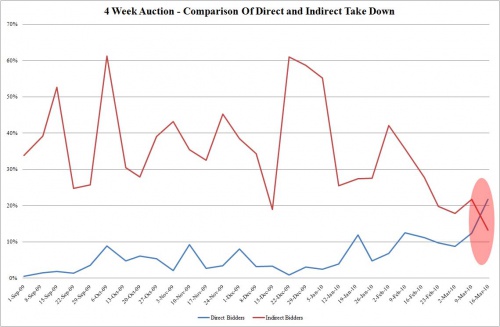

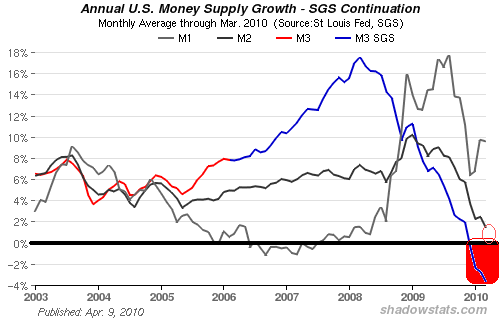
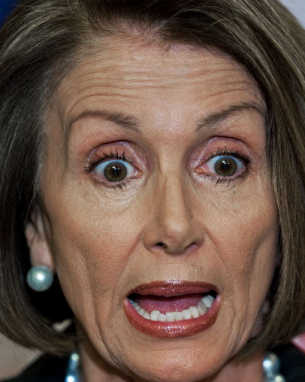
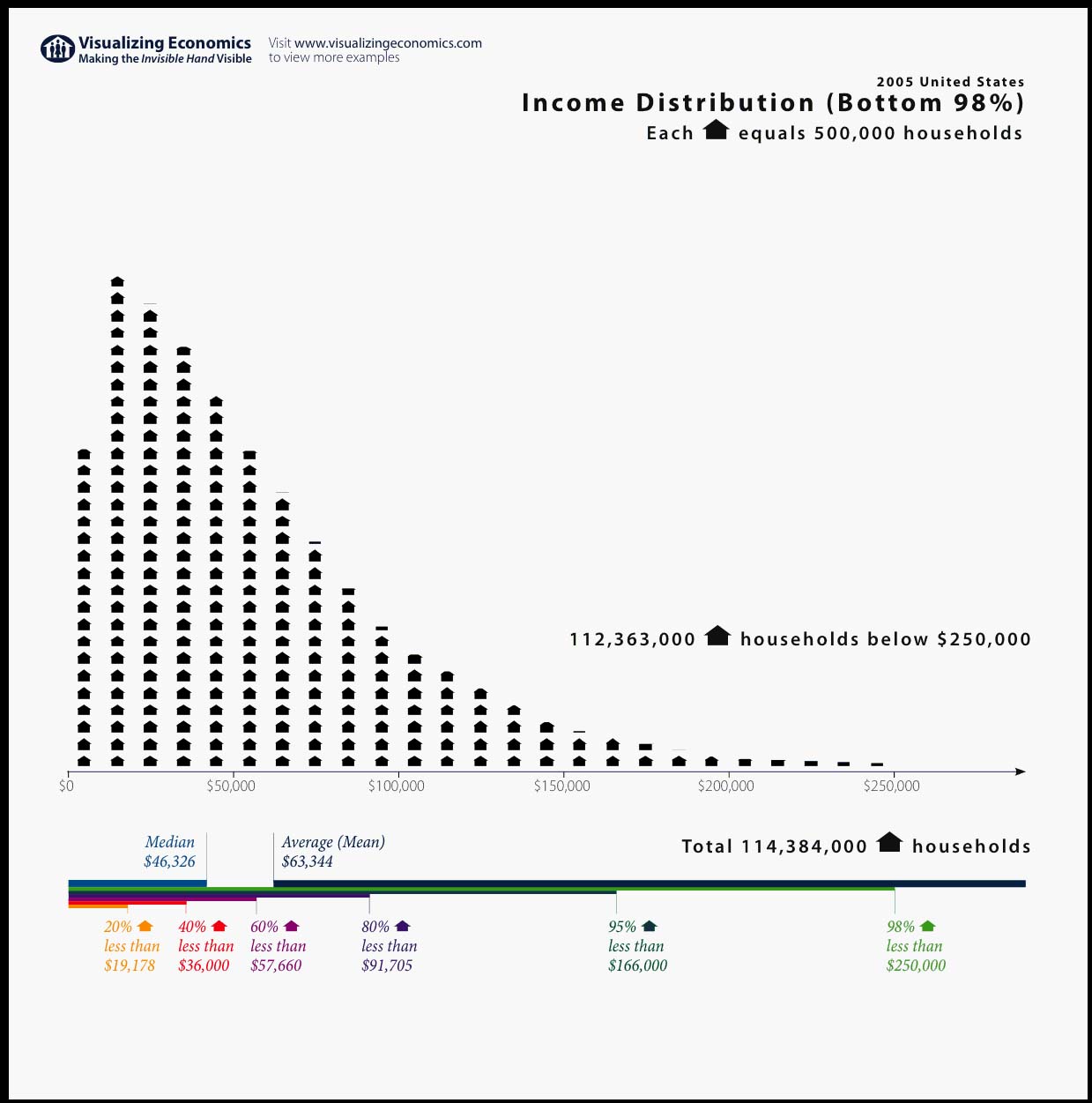
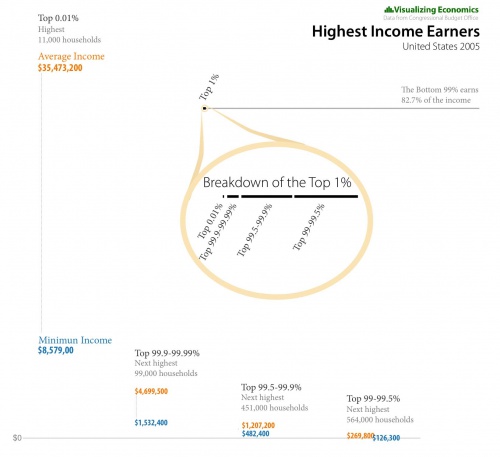
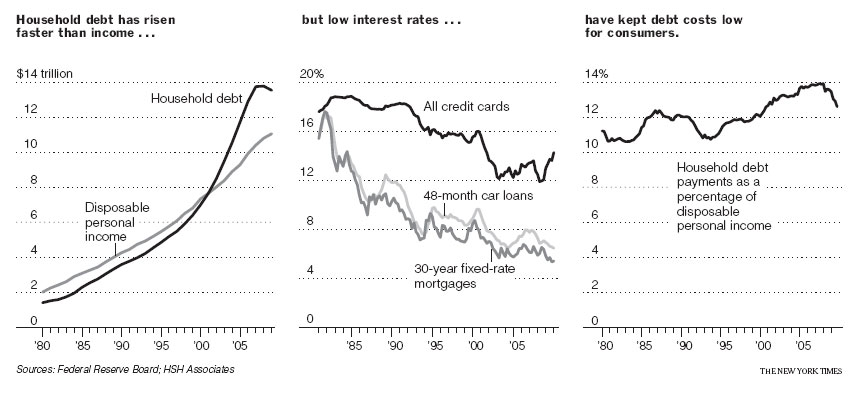

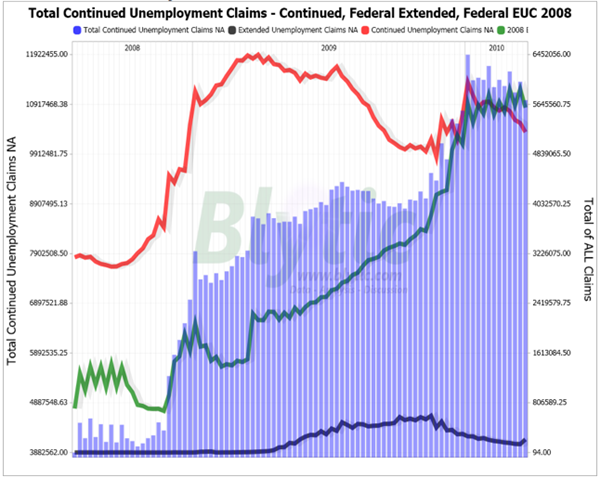

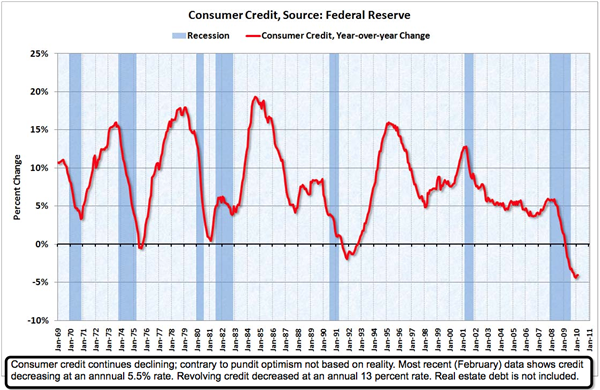
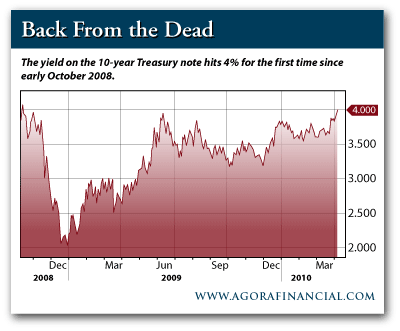









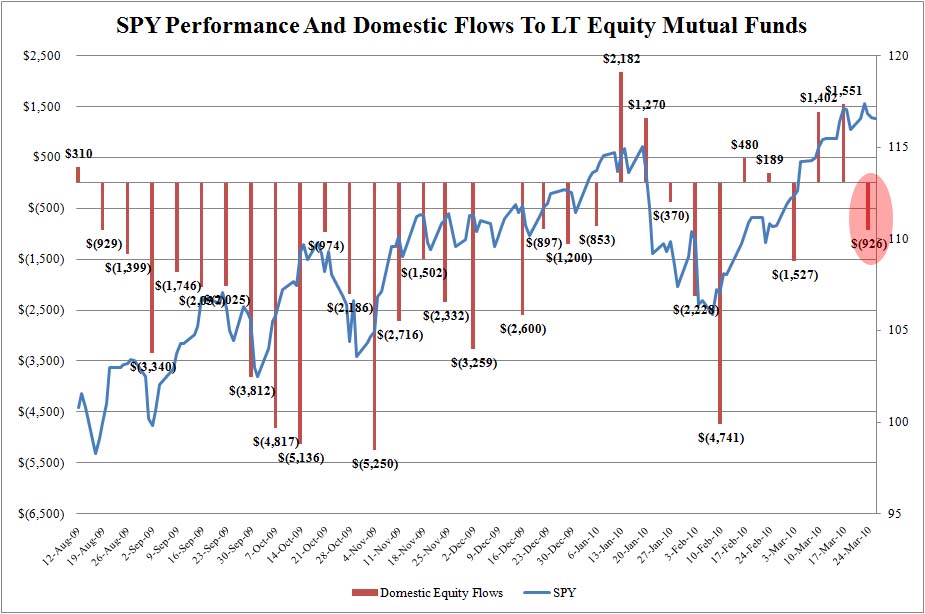
![[UNIONS]](http://sg.wsj.net/public/resources/images/P1-AU545_UNIONS_NS_20100331182259.gif)
![[UNIONSjump]](http://sg.wsj.net/public/resources/images/P1-AU546_UNIONS_NS_20100331182628.gif)
